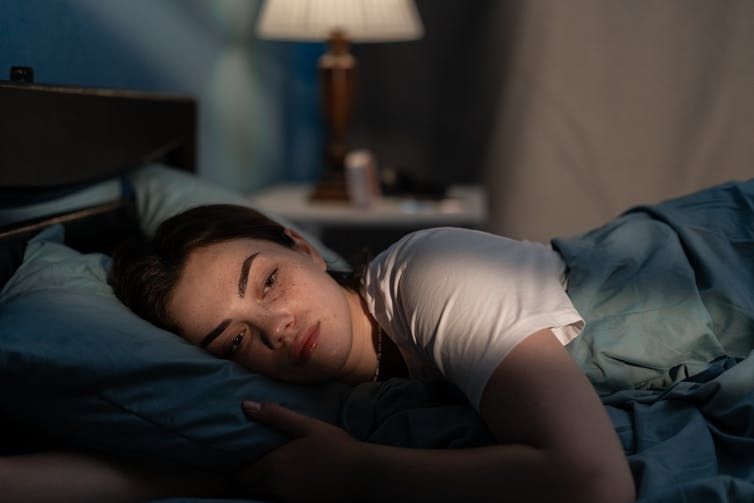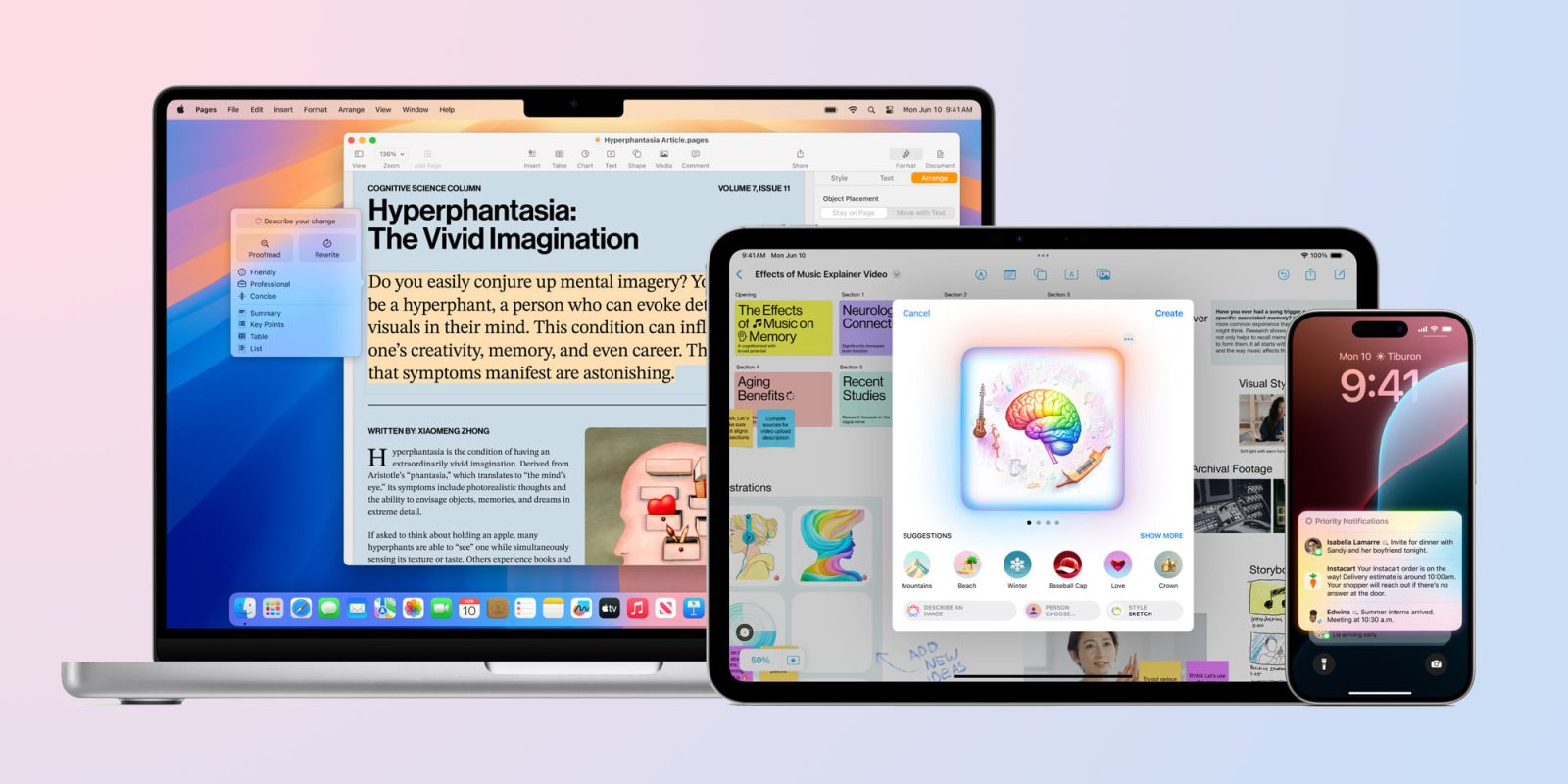Cite this article as:
Morgenstern, J. ACEP says its OK to use topical anesthetics for simple corneal abrasions, First10EM,
February 8, 2024. Available at:
Long time readers will know that I usually dislike guidelines. Although there are exceptions, I believe guidelines are often more problematic than helpful. However, I understand that many people work in places where they feel completely paralyzed due to medicolegal structures, and are unable to practice without a relevant guideline. The real solution is to dismantle that medicolegal structure, but while it still exists, high quality guidelines are going to be beneficial. Those of us who prefer to base our practice on evidence and patient preferences have been using topical anesthetics for simple corneal abrasions for a long time. However, for those dependent on guidelines, it is great to see high quality guidelines on the use of topical anesthetics for simple corneal abrasions from ACEP. (As compared to my previous opinions about guidelines, this guideline provides a very clear description of the evidence, with citations, and also describes overall agreement of the authors, leaving room for dissenting views if present.)
The paper
Green SM, Tomaszewski C, Valente JH, Lo B, Milne K. Use of Topical Anesthetics in the Management of Patients With Simple Corneal Abrasions: Consensus Guidelines from the American College of Emergency Physicians. Ann Emerg Med. 2024 Feb 6:S0196-0644(24)00004-0. doi: 10.1016/j.annemergmed.2024.01.004. PMID: 38323950
Full text available here.
The Methods
This committee, consisting of 5 members from the American Academy of Ophthalmology and 5 members from the American College of Emergency Physicians performed a systematic review, and then created patient care guidelines using a Delphi review, focused on the question of short term topical anesthetic use in simple corneal abrasions.
They defined simple corneal abrasions as “those, based on a standard evaluation including a slit-lamp, that are not unduly large (not quantified) and lack any of the following complicating features: corneal penetration or laceration, damage to any other part of the eye, duration more than 2 days at presentation, chemical or thermal cause, isolated ultraviolet induced photokeratitis, gross contamination, infection, retained foreign body (including rust ring after ED removal), underlying corneal pathology (eg, corneal dystrophies, recurrent corneal erosions), history of herpetic eye disease, previous corneal surgery or transplant in the affected eye, or other ocular surgery within the last month.” They did not consider contact lens use a complicating feature, but caution about the increased infection risk.
They defined short term use as up to 24 hours.
It sounds like there is a backstory to these guidelines that will be better shared over a beer than in the pages of an academic journal. The short version is that 5 ophthalmologists were involved in the literature review and crafting of the guidelines, signed off on the science, but ultimately withdrew their names because of pressure from the American Academy of Ophthalmology. The reasoning provided by the American Academy of Ophthalmology seems inadequate to me, but you can read the document and decide for yourself, if you would like.
The Results
Their principle question was: “Among ED adults discharged home with a simple corneal abrasion, is there evidence that analgesia using short courses (up to 24 hours) of commercially available topical anesthetics, when compared to saline placebo or nonuse, is associated with more frequent adverse visual outcomes or healing?”
They provide a level B recommendation: “In adult ED patients with simple corneal abrasions as defined in these guidelines, it appears safe to prescribe or otherwise provide a commercial topical anesthetic (ie, proparacaine, tetracaine, oxybuprocaine) for use up to every 30 minutes as needed during the first 24 hours after presentation as long as no more than 1.5 to 2 mL total (an expected 24-hour supply) is dispensed and any remainder is discarded after 24 hours.”
The evidence they summarize has essentially all been covered on First10EM before. The initial concern about topical anesthetics is based on case reports (which are mostly unconvincing, with long term abuse rather than short term use being the common thread). Animal data suggests potential toxicity in high doses and prolonged use, but actually suggests safety in short term use. There are small (and there for indefinite) studies both in ED settings and after photorefractive keratectomy, which do not demonstrate any evidence of harm. Although much larger studies are required to be sure, the absence of any good physiologic reason for a short course of topical anesthetic to cause harm means that our best guess is there is no harm, but if harm occurs it is relatively rare.
In addition to their primary question, they cover a couple supporting questions:
In ED adults discharged home with a simple corneal abrasion, are topical anesthetics beneficial in reducing pain? What is their associated patient satisfaction?
Level C: “When topical anesthetics are provided, clinicians should recognize that the evidence generally suggests beneficial reduction in pain but is mixed regarding patient satisfaction.”
In ED adults discharged home with a simple corneal abrasion, is there evidence that potential harms from topical anesthetics vary by specific local anesthetic drug, concentration, or duration of therapy?
Level B: “Restrict topical therapy to a maximum of 24 hours.”
Level C: “Among the 3 topical anesthetics most studied (tetracaine, proparacaine, and oxybuprocaine), all appear similarly safe at standard concentrations.”
Note: The evidence here is pretty weak, and might represent more of a compromise to historical practice than strictly necessary, but it is the advice I personally use, as almost all simple abrasions are healed by 24 hours anyway.
In ED adults discharged home with a corneal abrasion, is there evidence that potential harms from topical anesthetics vary based on whether the abrasion is simple or not simple?
Level B: “Avoid topical anesthetic therapy for corneal abrasions that are not simple.”
Note: I think this is the wrong conclusion. They note that there is no data to address this question at all. Although these patients have been excluded from trials, it is incorrect to exclude them from therapy. There is no reason to make these patients suffer more than necessary. What is the risk of a complicated abrasion? The complication does not increase the risk from the topical anesthetic itself. The only risk is that the topical anesthetic will mask more problematic pathology. Therefore, the correct approach is not to make these patients suffer, but rather to ensure they have close follow up with ophthalmology, while still treating their pain. I still give all these patients a short course of topical anesthetic, if requested after a shared decision making conversation.
In ED adults discharged home with a corneal abrasion, is there evidence that potential harms from topical anesthetics vary by patient comorbidities, medications, or social factors like homelessness? Were certain patient types or underlying conditions excluded from most research?
Level C: “Consider patient comorbidities, medications, or social factors like homelessness when choosing whether to provide a topical anesthetic, while recognizing that there is insufficient evidence to support differences in potential harms based on them.”
In ED adults discharged home with a simple corneal abrasion, what are the relative benefits of alternative therapies (eg, topical nonsteroidal anti-inflammatory drugs, cycloplegics, and antibiotic ointment; analgesia by other routes; pressure patching and bandage contact lens) compared to topical anesthetics? What are the differences in patient satisfaction?
Level B: “Topical anesthesia appears a more effective analgesic than acetaminophen with or without an opioid.”
Level C: “No recommendation can be made between topical anesthetics and alternative therapies, such as nonsteroidal anti-inflammatories. The benefits between therapies have not been established.”
In ED adults discharged home with a simple corneal abrasion, what are the relative potential harms of alternative therapies (eg, topical nonsteroidal antiinflammatory drugs, cycloplegics, and antibiotic ointment; analgesia by other routes; pressure patching and bandage contact lens) to topical anesthesia?
Level C: “No recommendation can be made between topical anesthetics and alternative therapies, such as nonsteroidal anti-inflammatories. The harms between therapies have not been established.”
In ED children or adolescents discharged home with a simple corneal abrasion, what aspects of the prior series of topical anesthetic benefit and harm questions differ by age?
Level C: “Avoid topical anesthetics in children or adolescents, as there is no evidence of their benefit or potential harms (Consensus recommendation).
Note: Much like the complicated corneal abrasions, this is another recommendation that I think is clearly wrong. We should not force children and adolescents to suffer just because of an absence of evidence. In the absence of any reason to think outcomes would be different, we should treat the pediatric population exactly like we do adults.
These authors attempt to provide use with a Number Needed to Treat (NNT) and a Number Needed to Harm (NNH). 91% of patients using tetracaine reported substantial relief (2/10 on VAS) as compared to 6% of placebo patients, corresponding to an NNT of 1.2! Although such a high NNT is usually unbelievable, and there is conflicting data, the nice thing is that patients get immediate feedback, and can therefore decide for themselves if they feel benefit after trying just 1 drop. (An N of 1 trial for each patient.) The authors decided they couldn’t estimate an NNH, given that there were no harms identified in a population of 1524 patients.
I think this quote from the discussion section probably best summarizes this entire topic: “In this review of the literature, we found incomplete evidence to fully inform our chosen questions. However, it is noteworthy that in the available case reports, case series, and studies of topical anesthetics in both ED and photorefractive keratectomy settings, no patients were identified who experienced serious or permanent harm with short-term exposure to topical anesthetics.”
They provide us with patient information that can be added to discharge instructions:

Bottom line
As we already knew, although the evidence is imperfect, the benefits of a short course of topical anesthetic for corneal abrasions almost certainly outweighs the risks (if any exist).
Almost every doctor in history has used topical anesthetics for their own corneal abrasions, so it seems incredibly wrong to deny the same treatment to our patients.

Other FOAMed
Topical Anaesthetics for Corneal Abrasions
References
Green SM, Tomaszewski C, Valente JH, Lo B, Milne K. Use of Topical Anesthetics in the Management of Patients With Simple Corneal Abrasions: Consensus Guidelines from the American College of Emergency Physicians. Ann Emerg Med. 2024 Feb 6:S0196-0644(24)00004-0. doi: 10.1016/j.annemergmed.2024.01.004. PMID: 38323950














